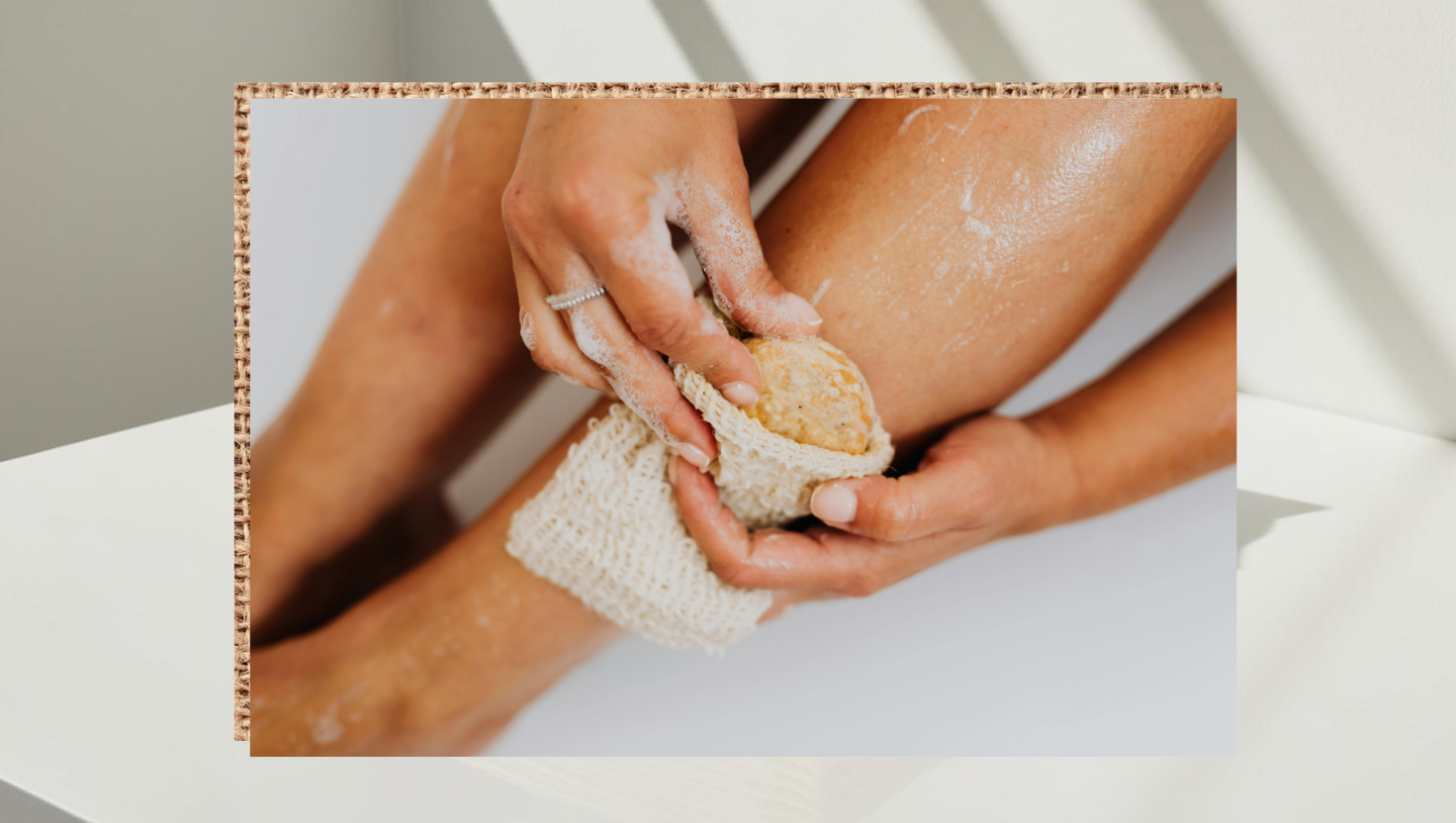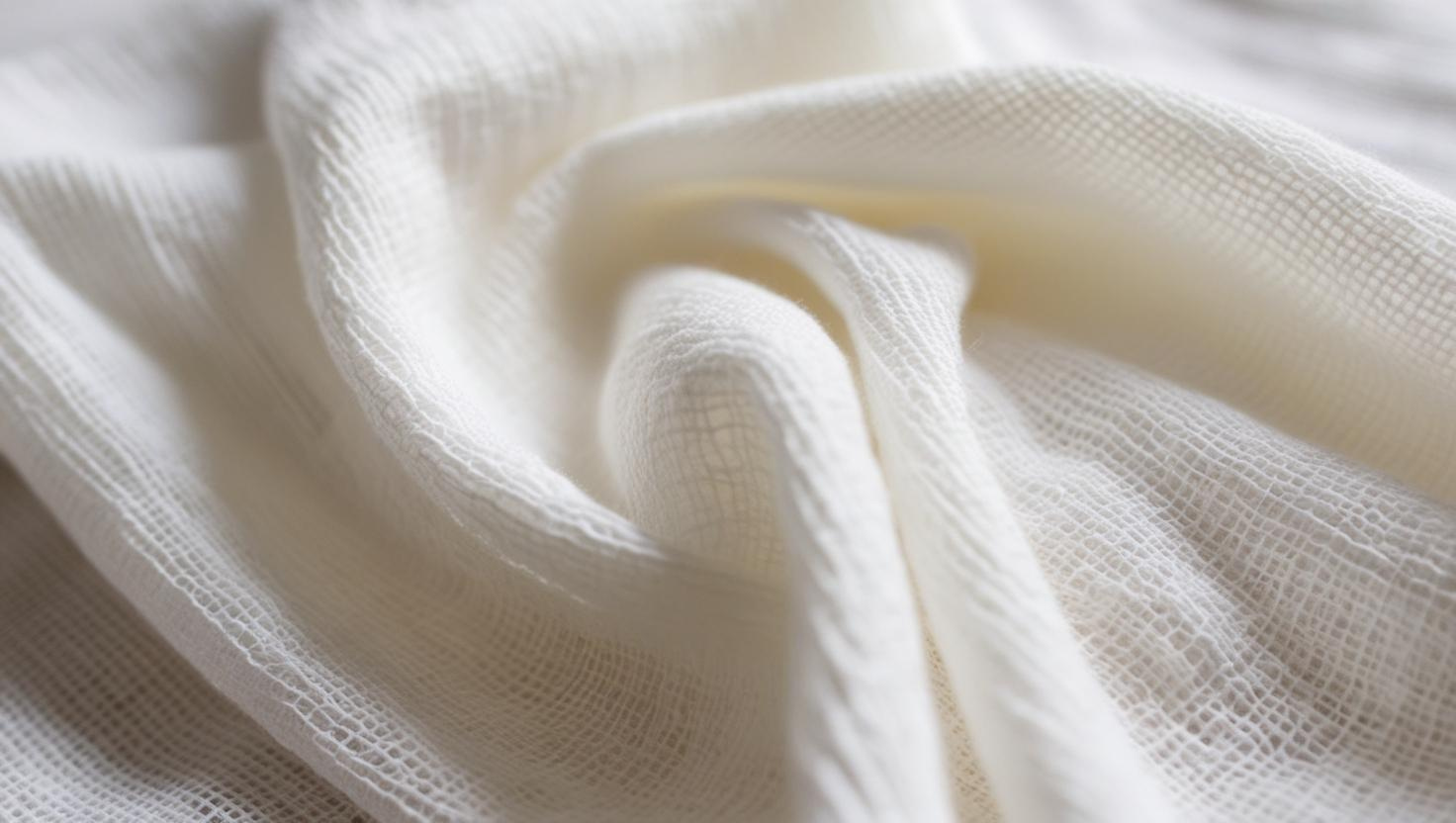 Image 1 of 2
Image 1 of 2

 Image 2 of 2
Image 2 of 2



Exfoliating Cleansing Cloth ( Muslin / 100% Cotton) White Only
Exfoliating cleansing cloths are designed to gently remove dead skin cells, dirt, oil, and makeup, leaving the skin feeling smooth and refreshed.
Benefits of Using Exfoliating Cleansing Cloths:
Gentle exfoliation: Helps to remove dead skin cells and reveal smoother, brighter skin.
Deep cleansing: Effectively removes dirt, oil, and makeup, leaving the skin feeling clean and refreshed.
Improved skin texture: Helps to refine skin texture and reduce the appearance of fine lines and wrinkles.
Enhanced absorption of skincare products: By removing dead skin cells, exfoliating cloths can help other skincare products penetrate the skin more effectively.
How to Use Exfoliating Cleansing Cloths:
Wet the cloth: Use warm water to dampen the cloth.
Apply cleanser (optional): Some people prefer to use a cleanser with their exfoliating cloth, while others find the cloth alone is sufficient.
Gently massage the face or body: Use circular motions to massage the cloth over the skin, focusing on areas that need exfoliation.
Rinse and pat dry: Rinse the skin and the cloth thoroughly.
Follow up with moisturiser: Apply a moisturiser to hydrate the skin after exfoliation.
Exfoliating cleansing cloths are designed to gently remove dead skin cells, dirt, oil, and makeup, leaving the skin feeling smooth and refreshed.
Benefits of Using Exfoliating Cleansing Cloths:
Gentle exfoliation: Helps to remove dead skin cells and reveal smoother, brighter skin.
Deep cleansing: Effectively removes dirt, oil, and makeup, leaving the skin feeling clean and refreshed.
Improved skin texture: Helps to refine skin texture and reduce the appearance of fine lines and wrinkles.
Enhanced absorption of skincare products: By removing dead skin cells, exfoliating cloths can help other skincare products penetrate the skin more effectively.
How to Use Exfoliating Cleansing Cloths:
Wet the cloth: Use warm water to dampen the cloth.
Apply cleanser (optional): Some people prefer to use a cleanser with their exfoliating cloth, while others find the cloth alone is sufficient.
Gently massage the face or body: Use circular motions to massage the cloth over the skin, focusing on areas that need exfoliation.
Rinse and pat dry: Rinse the skin and the cloth thoroughly.
Follow up with moisturiser: Apply a moisturiser to hydrate the skin after exfoliation.
Exfoliating cleansing cloths are designed to gently remove dead skin cells, dirt, oil, and makeup, leaving the skin feeling smooth and refreshed.
Benefits of Using Exfoliating Cleansing Cloths:
Gentle exfoliation: Helps to remove dead skin cells and reveal smoother, brighter skin.
Deep cleansing: Effectively removes dirt, oil, and makeup, leaving the skin feeling clean and refreshed.
Improved skin texture: Helps to refine skin texture and reduce the appearance of fine lines and wrinkles.
Enhanced absorption of skincare products: By removing dead skin cells, exfoliating cloths can help other skincare products penetrate the skin more effectively.
How to Use Exfoliating Cleansing Cloths:
Wet the cloth: Use warm water to dampen the cloth.
Apply cleanser (optional): Some people prefer to use a cleanser with their exfoliating cloth, while others find the cloth alone is sufficient.
Gently massage the face or body: Use circular motions to massage the cloth over the skin, focusing on areas that need exfoliation.
Rinse and pat dry: Rinse the skin and the cloth thoroughly.
Follow up with moisturiser: Apply a moisturiser to hydrate the skin after exfoliation.
Considerations:
Skin type: Choose a cloth that is appropriate for your skin type. Muslin and microfiber cloths are generally gentle enough for most skin types, but those with sensitive skin should be particularly cautious.
Pressure: Avoid scrubbing too hard, as this can irritate the skin.
Frequency: Exfoliate no more than once or twice a week, depending on your skin type and sensitivity.
Hygiene: Wash your exfoliating cloth regularly to prevent bacterial growth.
Note: If you have any concerns about exfoliating your skin, it's best to consult with a dermatologist or skincare professional.

